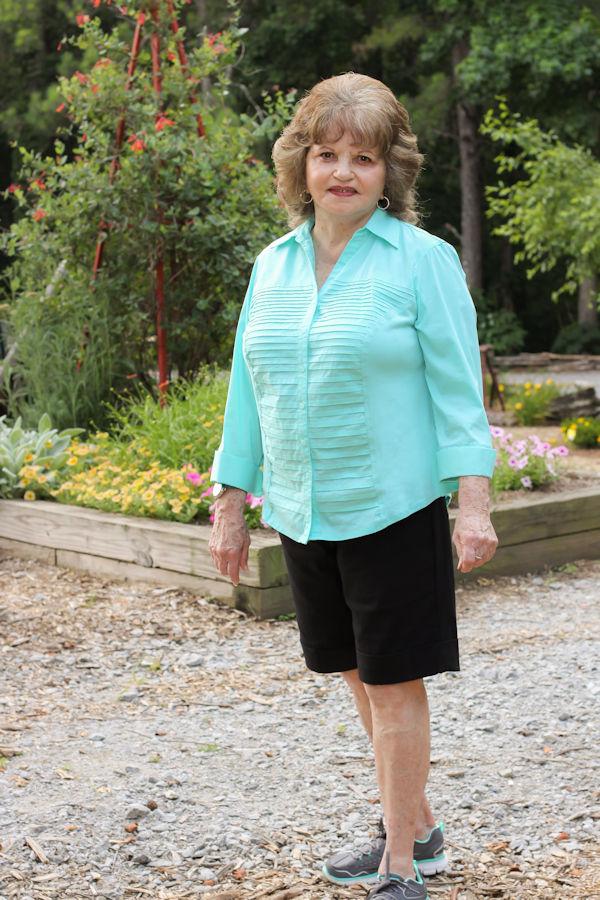It wasn’t the first time Judy Downs underwent treatment for her varicose veins — but it was definitely the easiest.
Downs suffered for years with varicose veins and received several different treatments for them, but she says the latest minimally-invasive options are by far the best.

“Many years ago when you had your varicose veins treated, you had to keep your legs wrapped up, use crutches and follow a list of things you couldn’t do until they healed,” she said. “Now there’s just really nothing to it, and it’s so much easier.”
Downs, 70, said she has been struggling with varicose veins since she was in her mid-20s. She spent her career working 50-hour weeks as a hairstylist, and those long shifts on her feet took a toll on her legs.
In early 2018, she met with Jon Stanford, MD, a board-certified general surgeon with
Carrollton Surgical Group, part of Tanner Medical Group. She received treatment for varicose veins in both legs in February 2018.
“Ms. Downs is like so many people with varicose veins, who suffer with the condition and give up doing things they love because of something that we can treat very easily now, right in the office,” said Dr. Stanford. “They’re not just a cosmetic problem.”
While arteries carry oxygen-rich blood throughout the body, veins return the blood to your heart. Varicose veins occur when blood pools in veins, causing them to enlarge and sometimes appear bulging and blue.
“Dr. Stanford was great about trying to explain everything to me, but I told him, ‘I don’t want to know all the details, just please get these dang things fixed,’” she said.
Downs said her varicose veins caused pain, an uncomfortable pulling sensation and some swelling — but the treatment was easy.
“I was wide awake, but they numbed my legs so I had no pain when they treated the varicose veins,” she said. “I felt great, and the next day I started exercising and doing what I normally do.”
Downs said there were no incisions or stitches.
“The options for fixing your varicose veins really have come a long way,” Downs said. “There’s no reason not to get it done.”
Varicose veins are more common in women. Factors such as heredity, pregnancy and jobs that involve a lot of standing can increase someone’s likelihood of developing varicose veins.
Downs and her husband, John, now live in Bremen, but they raised their family in Douglas County. They have two children and three grandchildren.
It’s a relief not to have to deal with unpleasant varicose veins, Downs said.
“I’m so glad that I don’t have to put up with the pain, that pulling sensation and the swelling anymore,” Downs said. “I’m so glad I got it done.”